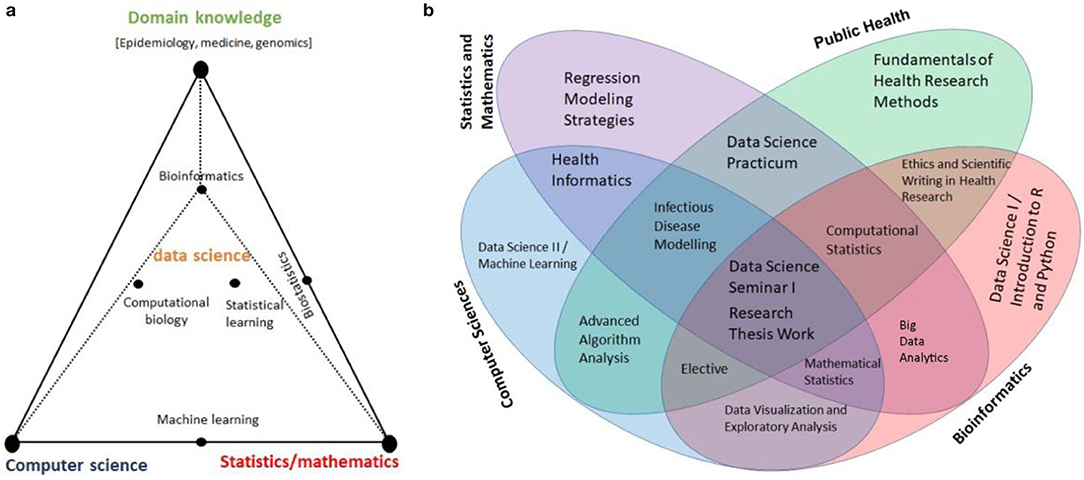A Lack of Precision in Scientific Measurements Typically Arises From
However these two terms accuracy and precision are often confused with each other. Poor precision in scientific measurement may arise from both human error and the limitations of the measuring instrument.

Repeatability Vs Reproducibility Technology Networks
Lots of the time the equipment being used is faulty due to misuse or neglect which changes the reading of the.

. Agreement among numerical values. Since the measuring process always has some uncertainty no measurement is perfect repeated measurements are made to try to increase the accuracy and precision of the experiment. A π r2 31415927 12 m 2 45238934 m 2.
The concept of uncertainty implies the likelihood of the impact of pre-analytical analytical biological and post-analytical causes on the outcome of laboratory medicine which is a clinical response to the outcome. A lack of precision in scientific measurements typically arises from. The known mass is 1068 g.
Also measurement errors are usually a wider set of causes of measurement uncertainty 49. Three values were obtained for the mass of a metal bar. Precision pertains to all of the following except reproducibility of measurements.
In the Guide to Uncer tainty in Measurement 23 the international metrology community lists a number of examples of sources of uncertainty see Table 2. Systematic Errors Systematic errors in experimental observations usually come from the measuring instruments. Measurements can be both accurate and precise accurate but not precise precise but.
Accuracy and precision are two important factors to consider while taking measurements. Uncertainties in measurement typically arise from multiple sources. Such errors arise due to the hysteresis of the equipment or due to friction.
Random error is a fundamental feature of measurements that arises from the physics of the process being measured and the device used for the measurement even when the utmost care is taken during the measurement. The sources of uncertainty can be. Changes in repeated measurements over time.
Precision is independent of accuracy. Limitations of the measuring instrument. Too many significant figures.
These errors arise due to faulty construction and calibration of the measuring instruments. Limitations of measuring instrument. The precision of a measurement system is refers to how close the agreement is between repeated measurements which are repeated under the same conditions.
As the name suggests Gage RR studies typically focuses on. It may usually be determined by repeating the measurements. Is what you would get using a calculator that has an eight-digit output.
Poor precision in scientific measurement may arise from a. Both human error and the limitations of the measuring instrument. Poor precision in scientific measurement may arise from the standard being too strict.
The Greek letter Δ delta indicates a n 00ms. In this activity you will simulate taking multiple scientific measurements. But because the radius has only two significant figures it limits the calculated quantity to two significant figures or A 45m 2.
A lack of precision in scientific measurements typically arises from. Accuracy is how close a measurement is to the correct value for that measurement. The precision is limited by the random errors.
Measurements require tools that provide scientists with a quantity. An absence of bias across a range of values. The problem here is that the result of every measurement by any measuring instrument contains some uncertainty.
When you make repeated scientific measurements it is important to know how accurate and precise they actually are. The standard being too strict. Too many significant figures.
Limitations of the measuring instrument. The measurement errors also include wrong readings due to Parallax errors. Limitations of the measuring instrument.
Limitations of the measuring instrument b. This uncertainty is referred to as an error. Lack of calibration d.
That means it is possible to be very precise but not very accurate and it is also possible to be accurate without being precise. Because such error is random we expect equal probability that a given measurement fall above the true value as below it. A lack of precision in scientific measurements typically arises from.
The precision of a measurement is how close a number of measurements of the same quantity agree with each other. Differences between the measurement and the true or reference value. Precision refers to how close measurements of the same item are to each other.
Agreement among numerical values. Both human error and the limitations of the measuring instrument. The best quality scientific observations are both accurate and precise.
Precision pertains to all of the following except a.

Frontiers A Roadmap For Building Data Science Capacity For Health Discovery And Innovation In Africa Public Health

Monitoring And Adapting Cancer Treatment Using Circulating Tumor Dna Kinetics Current Research Opportunities And Challenges

Sampling Techniques Research Methods Math Methods Sociological Research
0 Response to "A Lack of Precision in Scientific Measurements Typically Arises From"
Post a Comment